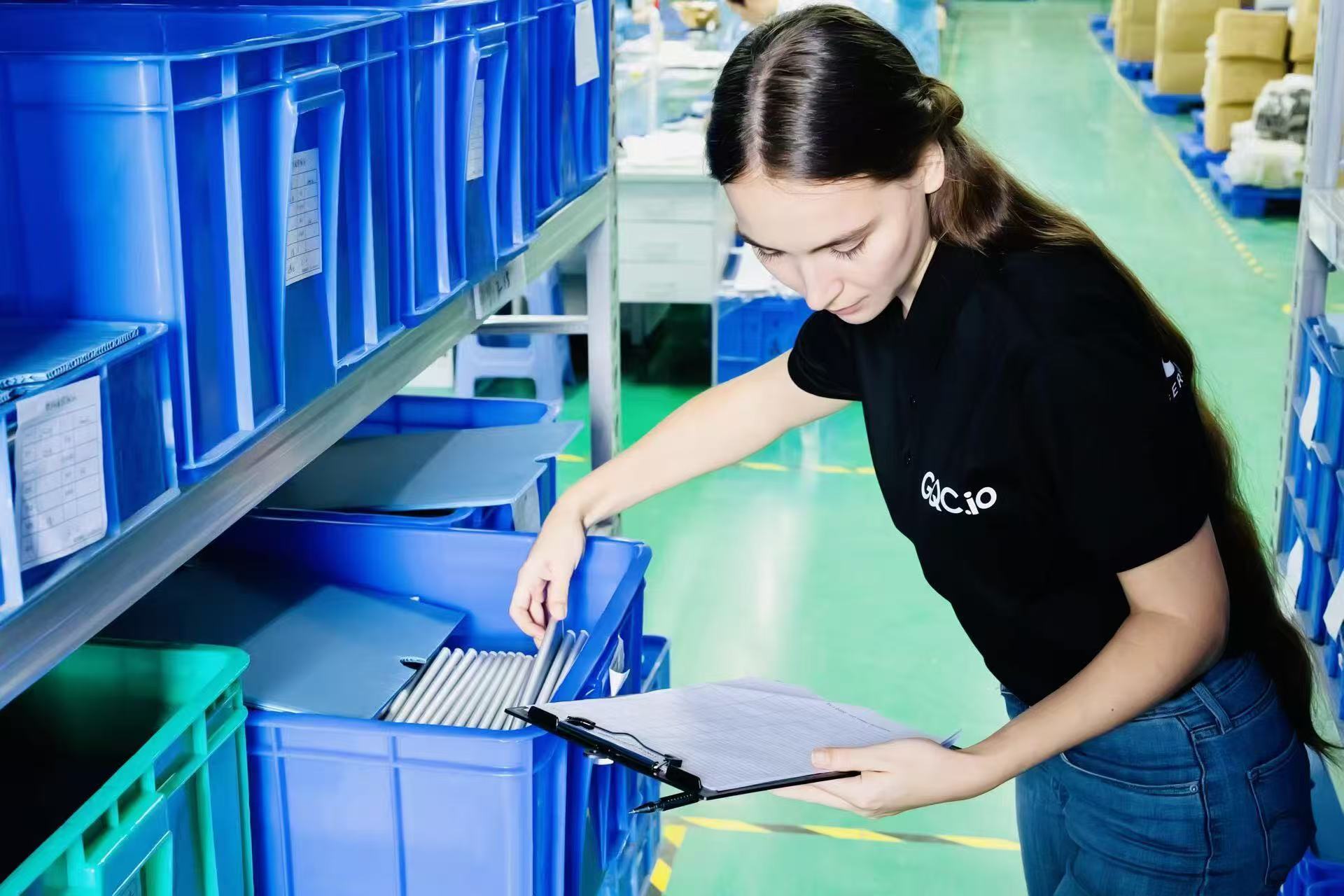Electric appliances have come a long way in the past few decades. People want safer, more environmentally responsible, and secure products. They have their reasons. Along with the increasing environmental and safety regulations worldwide, consumers are demanding that companies prove their products meet all these standards. You're probably familiar with the product liability lawsuits that can result from faulty and unsafe products. Or the recall costs that can cripple even the largest companies when those products reach a vast consumer base.
Those risks have prompted calls for new regulations, testing requirements, and enforcement measures designed to ensure that new and existing international, regional and national standards are applied correctly. The safety and security of hazardous household appliances is the responsibility of everyone involved in this business. Whether you are making, importing, renting or selling electric appliances you must know the rules in your country and around the world. Which tests do quality inspectors conduct to make sure your product is safe? Which test methods and instruments do they use? In this article, we will answer these questions.
The main tests performed during an inspection of household appliances:
Visual Inspection. All parts of the appliance need to be visually inspected for damage, signs of wear and tear, defects, etc.
Functional Testing. The purpose of this type of inspection is to make sure that products are working properly at all times and do not pose any danger to end-users. In addition, it helps to detect any problems before they become major ones.
Instrumentation Testing. Electrical measurements are taken to check voltage levels and resistance values. Temperature measurements are also taken to ensure safe operation of the appliance. The presence of RF radiation is tested for some appliances, for example, microwave ovens. Voltage measurements may be taken at different points within the appliance to determine whether there are any voltage drops or spikes that could cause problems with operation or safety issues.
Electrical Testing:
Earth Testing
For Class 1 appliances (such as microwaves, extension leads, for example) there next needs to be an Earth test done on the appliance. The Earth test checks the conductor of any Class 1 appliances. It is extremely crucial to ensure the Earth is satisfactory on an appliance before doing the Insulation Resistance Test.
Resistance Testing
The next test often conducted, is the insulation resistance test. This is another electrical standard test which uses a specific type (and level) of voltage to measure the insulation resistance in Ohms. The measured resistance can then indicate the condition of the insulation between the two conductive parts in question.
The Leakage Test
As the name suggests, the leakage test shows any leakage or escaping within the electrical current. Leaks could be down to dampness, faulty wiring/connections, and every fraying in the wires themselves. Leakages are one of the main causes of electrical shocks, so this test is highly important.
Relay Testing
These power system simulators are often used for testing industrial protection devices. The test equipment can measure not only simple voltage, current, and frequency relays but also complex protection schemes, such as communication-assisted line protection, and protection schemes that are used in intelligent electronic devices.
Winding Resistance Test
Winding resistance measurements are taken to diagnose possible damage to transformer and motor windings. The resistance usually changes due to shorted turns, loose connections, or deteriorating contacts in tap changers. These measurements are obtained by passing a current through the winding under test and counting the voltage drop across each terminal.
The need for high-quality, safe and secure products has driven rapid innovation in manufacturing processes. Manufacturers are looking for ways to do more and be more efficient to meet customer requirements. This has led to safer products, improved consumer confidence and a decrease in the number of global recalls. GQC’s quality inspections’ main objective is to ensure that our clients’ products meet all health & safety requirements and comply with all environmental legislation. Last but not least our inspectors check that all packaging conforms with current legislation in this area. To learn more and download a sample report visit us at www.gqc.io/sample-report





